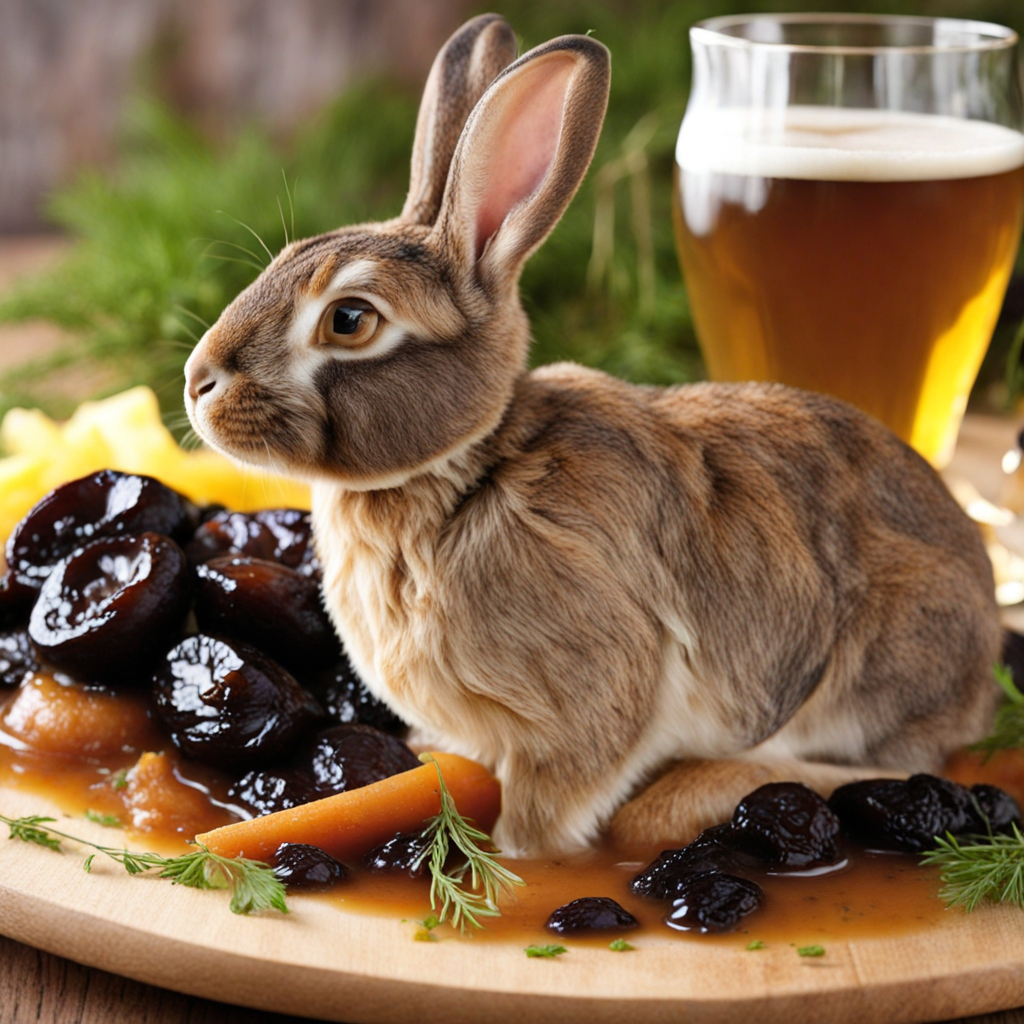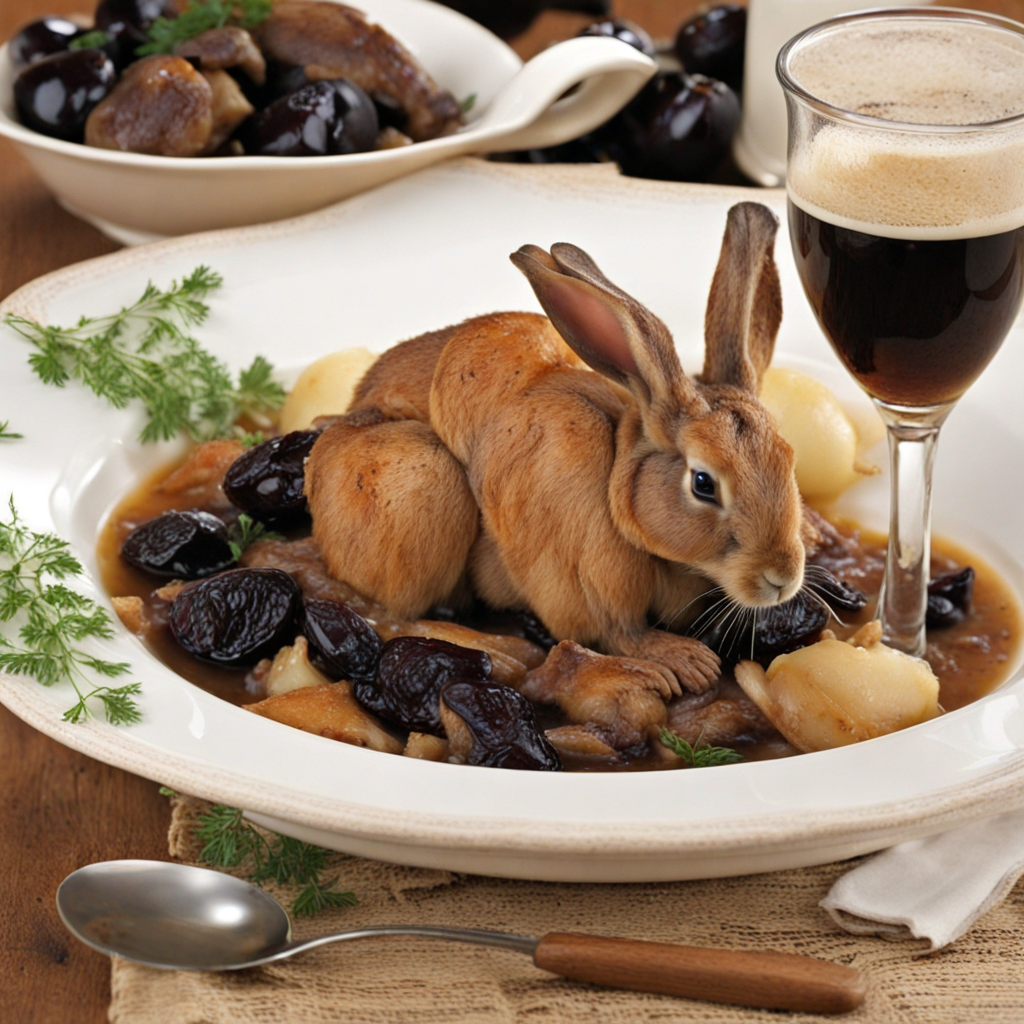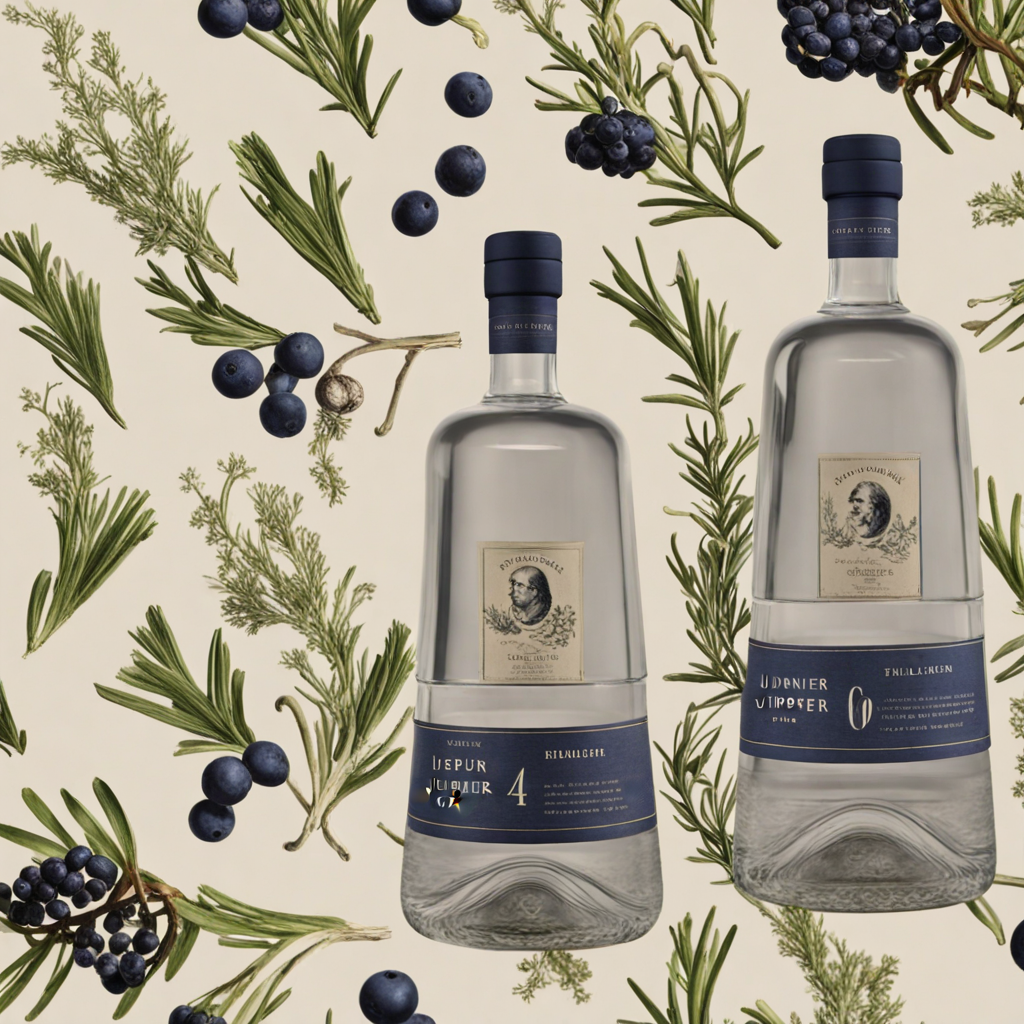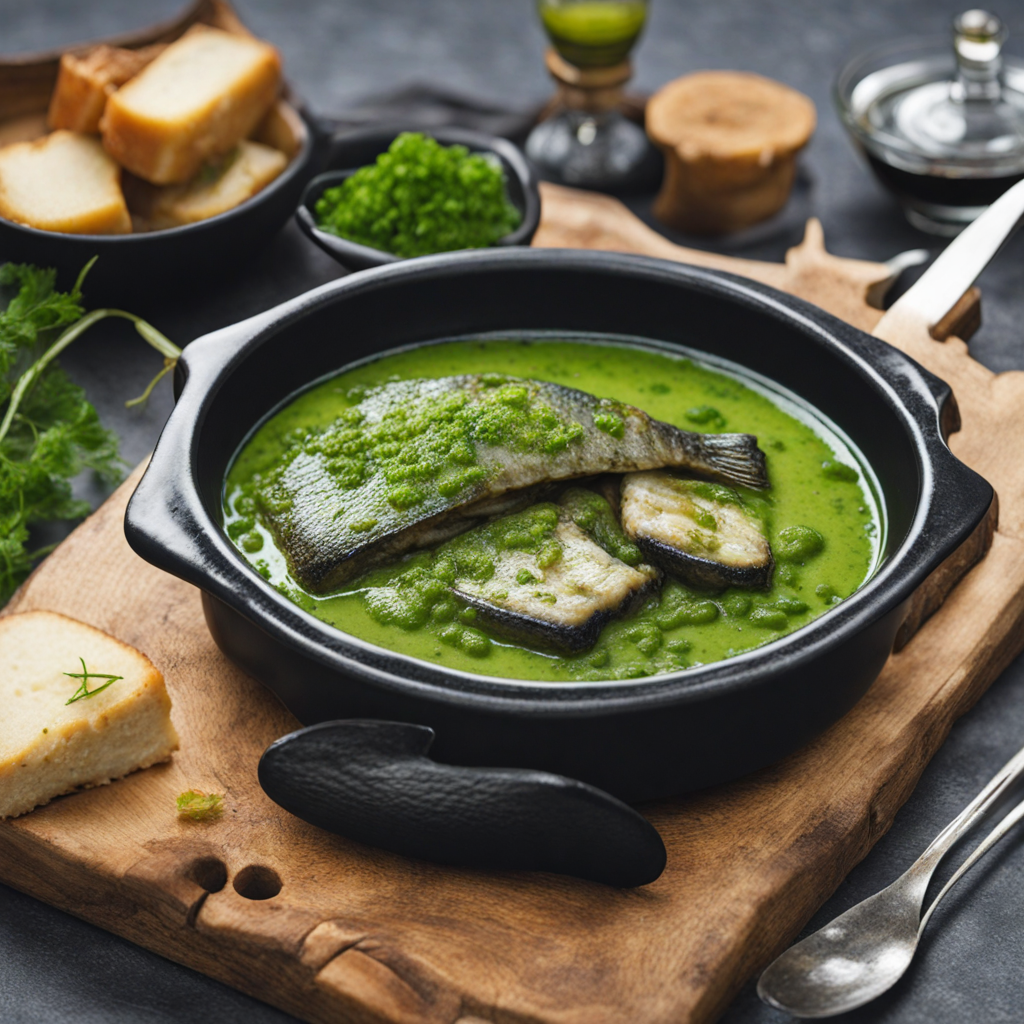Rabbit with prunes
Rabbit with prunes, known as "Lapin aux Pruneaux" in Belgium, is a delightful dish that showcases the country's love for rich flavors and comforting meals. This dish features tender pieces of rabbit, which are renowned for their lean meat and subtle gamey flavor, slow-cooked to perfection. The rabbit is typically marinated in a mixture of aromatic herbs, garlic, and sometimes a splash of Belgian beer, which adds depth and complexity to the overall taste. The slow cooking process allows the meat to absorb all the flavors, making each bite incredibly succulent and satisfying. What truly sets Rabbit with prunes apart is the addition of prunes, which contribute a natural sweetness that beautifully complements the savory notes of the rabbit. As they cook, the prunes soften and release their juices, creating a luscious sauce that envelops the meat. This sweet and savory combination is a hallmark of Belgian cuisine, where balancing flavors is key. Often served with hearty sides like mashed potatoes or crusty bread, the dish becomes a comforting meal perfect for family gatherings or chilly evenings. When you finally take a bite of Rabbit with prunes, you'll be greeted with a delightful contrast of textures and flavors. The tender rabbit meat paired with the luscious, sweet prunes creates a harmony that is both unique and memorable. Each mouthful invites you to savor the complexity of the dish, making it an excellent choice for those looking to explore new culinary territories. This Belgian classic not only highlights the country's gastronomic heritage but also offers a warming experience that is sure to leave a lasting impression.
How It Became This Dish
Lapin aux Pruneaux: A Culinary Journey Through History #### Origins and Culinary Roots Lapin aux pruneaux, or rabbit with prunes, is a traditional dish that finds its home in the heart of Belgium, where the intricate interplay of flavors reflects the region’s rich agricultural heritage and culinary traditions. The dish combines the tender meat of rabbit with the sweet, luscious prunes, creating a harmony of flavors that has captivated Belgian palates for centuries. The origins of rabbit as a culinary staple in Belgium can be traced back to the Middle Ages. Rabbits, being prolific breeders, were an accessible source of protein for both rural and urban populations. The domestication of rabbits in Europe likely began in France, but they quickly spread to neighboring regions, including Belgium. By the 15th century, rabbits were commonly raised in warrens, and their meat was incorporated into various dishes, often enjoyed by the nobility and peasantry alike. Prunes, on the other hand, have a history steeped in ancient cultures. Dried plums were cultivated in the Mediterranean during the Roman Empire, and their preservation capabilities made them a vital food source throughout the colder months. The marriage of rabbit and prunes in Belgian cuisine can be seen as a reflection of the fusion of agricultural practices and culinary techniques that emerged in the region. #### Cultural Significance Lapin aux pruneaux is more than just a dish; it embodies the essence of Belgian culture. Belgium is known for its rich culinary tapestry, influenced by its geographic location at the crossroads of Europe. The nation’s cuisine has been shaped by various cultures, including French, Dutch, and German, and dishes like Lapin aux pruneaux illustrate the blending of these traditions. In Belgium, food often serves as a celebration of family and community. The dish is typically prepared for special occasions, gatherings, and festive meals, reflecting the importance of shared experiences around the dinner table. Rabbit, often associated with rural life, evokes nostalgia and a connection to the land. Prunes, on the other hand, add a touch of sweetness and are often linked to the harvest season, symbolizing abundance and generosity. Moreover, Lapin aux pruneaux is emblematic of the “slow food” movement, emphasizing a return to traditional cooking methods and local ingredients. As this movement gained traction in the late 20th century, many chefs and home cooks sought to revive classic dishes that honor the region's culinary heritage. The dish’s preparation involves slow braising, allowing the flavors to meld and deepen, which not only enhances the taste but also creates a sense of comfort and warmth. #### Evolution Over Time The evolution of Lapin aux pruneaux reflects the broader changes in Belgian cuisine over the centuries. In the early days, the dish was likely prepared simply, focusing on the natural flavors of the rabbit and prunes. However, as Belgian chefs began to experiment and refine their techniques, Lapin aux pruneaux underwent various transformations. During the 19th century, as Belgium experienced industrialization and urbanization, the culinary landscape began to shift. Traditional rural dishes, including Lapin aux pruneaux, started to gain prominence in urban settings, often reimagined in restaurants that catered to the burgeoning middle class. Chefs began to elevate the dish by introducing additional ingredients such as onions, garlic, and herbs, enhancing its complexity and appeal. The 20th century brought about further changes as globalization and travel exposed Belgian cuisine to international influences. Chefs began to incorporate techniques and flavors from other culinary traditions, leading to a more diverse interpretation of Lapin aux pruneaux. For instance, some modern versions might include elements like balsamic vinegar or a splash of beer, nodding to Belgium’s famous brewing culture. In recent decades, there has been a resurgence of interest in traditional Belgian dishes, spurred by a growing appreciation for local ingredients and artisanal methods. This revival has prompted chefs to return to the roots of Lapin aux pruneaux, focusing on sourcing high-quality rabbit and seasonal prunes while respecting the dish's historical significance. The use of local ingredients not only enhances the flavors but also supports local farmers and promotes sustainability. #### Modern Interpretations Today, Lapin aux pruneaux continues to be a beloved dish in Belgium, appearing on menus in both rustic bistros and upscale restaurants. While the classic preparation remains popular, chefs often put their own twist on the dish to cater to contemporary tastes. Some variations may include the addition of spices, such as cinnamon or star anise, to enhance the flavor profile, while others may experiment with different cooking techniques, such as sous-vide or grilling the rabbit. The reimagining of Lapin aux pruneaux is indicative of a broader trend in Belgian cuisine, where chefs are encouraged to innovate while still honoring tradition. This balance between old and new is essential in maintaining the dish's relevance in a rapidly changing culinary landscape. The dish also finds its way into home kitchens, where families continue to prepare it for special occasions, passing down recipes through generations. The act of cooking Lapin aux pruneaux serves as a way to connect with the past, preserving family traditions while creating new memories. #### Conclusion Lapin aux pruneaux is a dish that encapsulates the essence of Belgian culinary heritage. Its origins in rural Belgium, combined with the cultural significance of shared meals and celebrations, illustrate the deep connections between food, community, and history. As the dish has evolved over time, it has adapted to changing tastes and influences while remaining a cherished symbol of Belgian identity. In the modern culinary landscape, Lapin aux pruneaux stands as a testament to the importance of tradition and innovation in cooking. It invites diners to experience a taste of Belgium's past while enjoying the creativity and flavor of contemporary cuisine. Whether prepared in a rustic kitchen or an elegant restaurant, Lapin aux pruneaux continues to delight the senses and warm the heart, making it a timeless dish that resonates with Belgians and food lovers around the world.
You may like
Discover local flavors from Belgium







